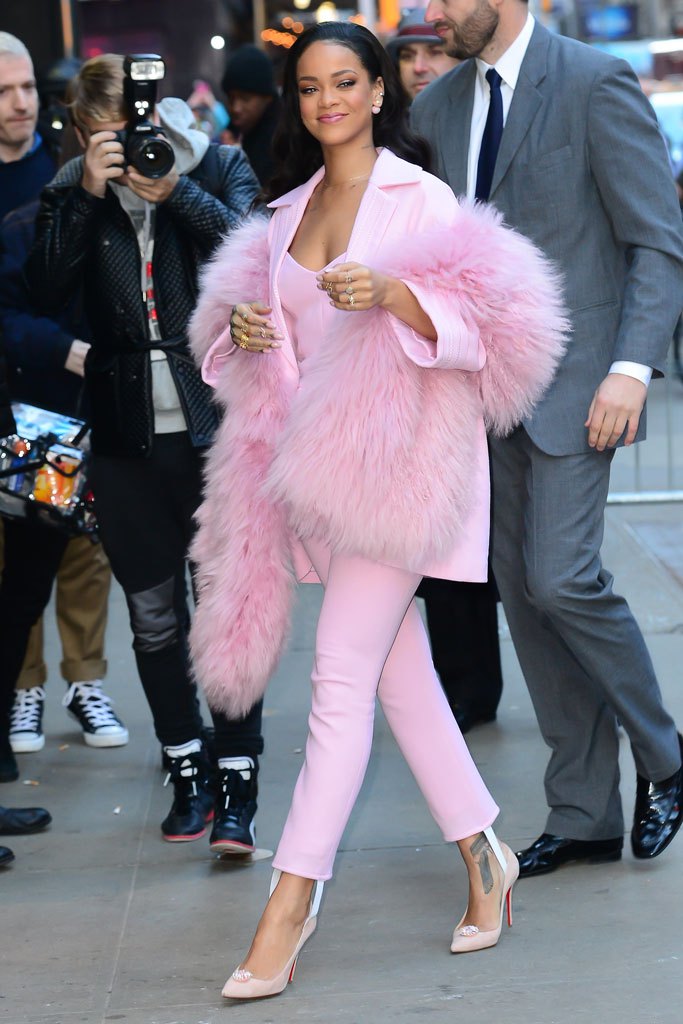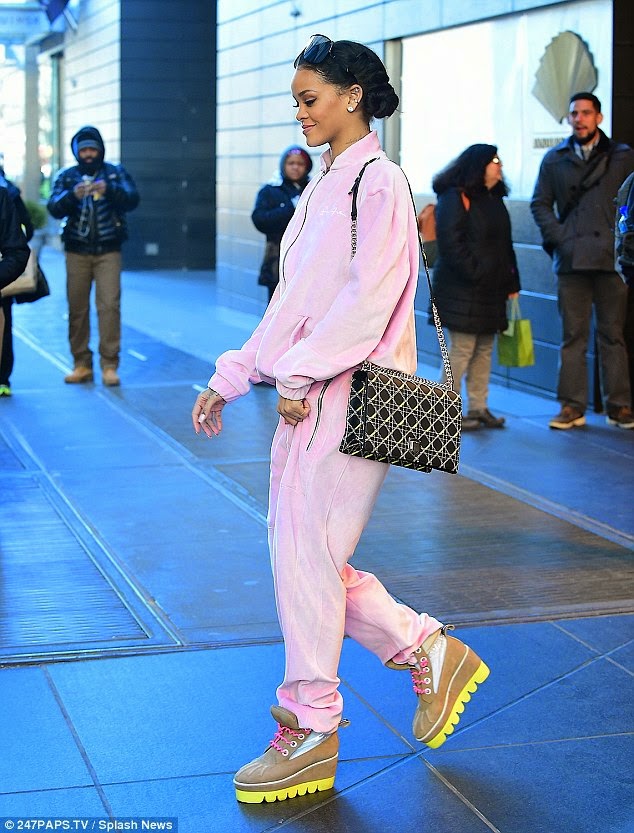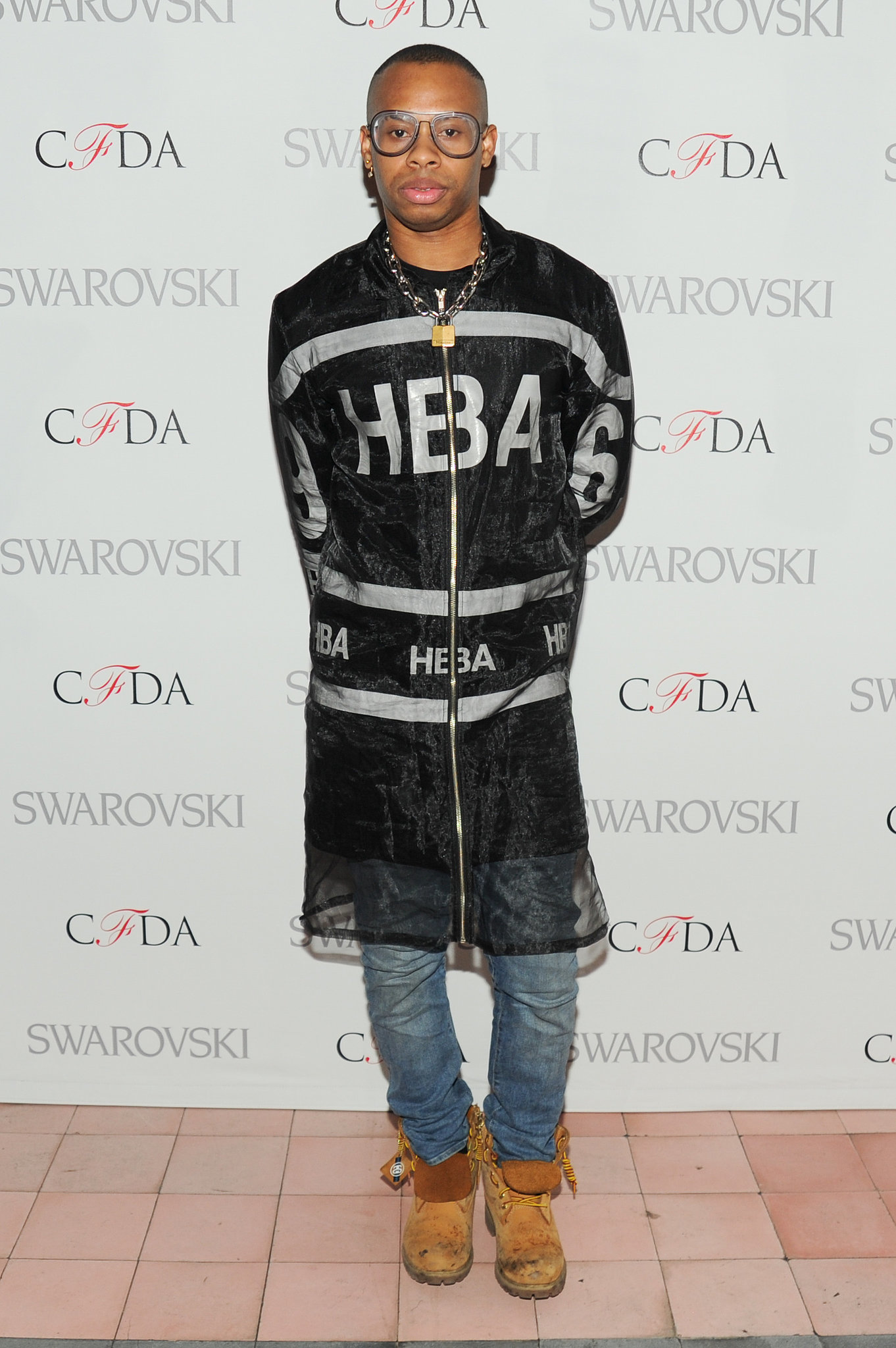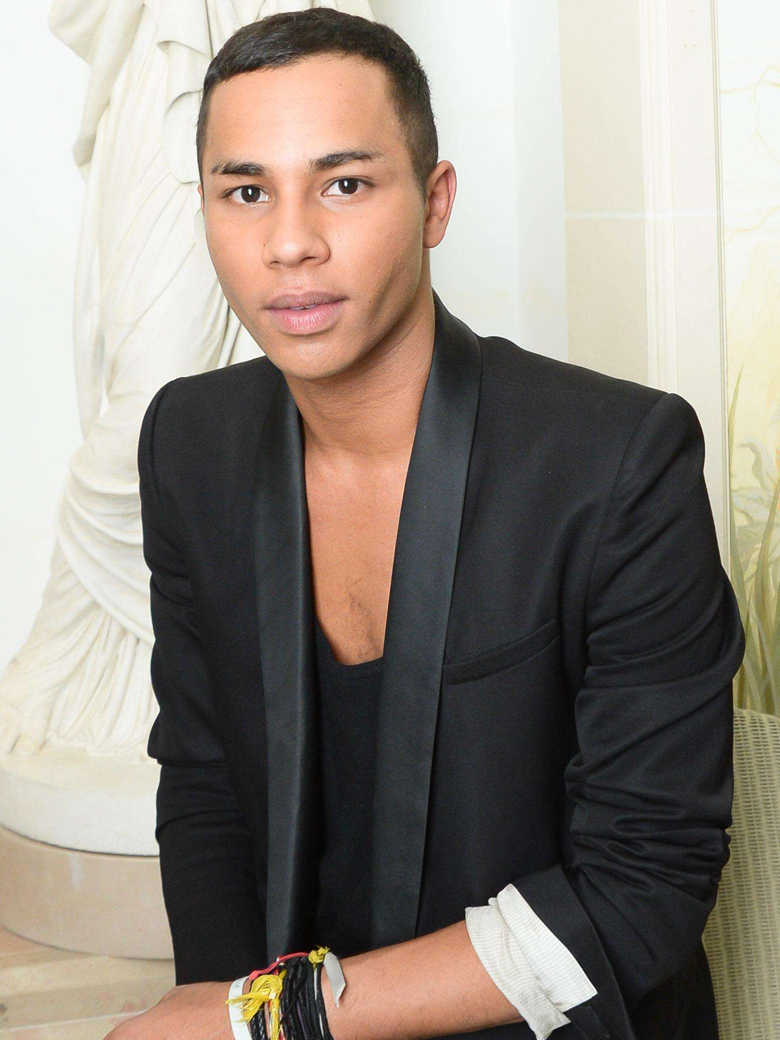Last night at the CFDA Fashion Awards (Council of Fashion Designers of America), Kanye West presented to Pharrell Williams the 2015 Fashion Icon Award. His speech was funny, gracious, and meaningful, you can read it below as a reference. Pharrell is a creative genius. His fans, consumers, and those passing by are reminded of this thanks to his ever-present, and always relevant work. Whether he is singing on the radio, performing at festivals, executive producing an album, running Billionaire Boys Club, collaborating with adidas, show stopping on the red carpet, or writing a book Pharrell speaks through his inspirations. Evidence of this is overwhelming, but two specific instances stick out.
Nobody will forget the 2014 Grammy's, the year of Pharrell's hat. People were quick to roast or praise him for his bold fashion statement, but the genius behind the piece came from a genuine place. The oversized bowler hat is a vintage Vivienne Westwood, an English fashion god, from a collection drawing inspiration from the Wild West, an era of expansion and imagination. Those words, expansion and imagination, fully describe Pharrell and his work--who else has a 24-hour music video? While some saw his hat as a statement piece, it is simply an artist thinking outside of the box to convey a message. Places and Spaces I've Been, Pharrell's book, is a collaborative conversation. It contains insightful conversations he has had with friends, colleagues, and people he respects on their contribution to popular culture. The early part of the book features a chat with Jay Z. You can tell how intrigued Pharrell is with him, you literally feel P absorb the valuable information from Jay. In his speech at the CFDAs Pharrell passionately accepts, "I'm not a style icon, I'm just inspired." Pharrell uses his influences and relationships to create in a way that imagines inspiration. Watch his acceptance speech for the Fashion Icon Award below.
Kanye's Speech: What's up, CFDA? You know how Obama brought out the angry version of himself? I'm sort of like the angrier version of Pharrell. [Begins rapping the first verse of "New Slaves."] That rap wasn't written from a good place. That rap was written from an extremely frustrated place. There's a gross misconception about the idea of a celebrity creative — my mom's gonna be mad if this is the wrong way to word it, she's an English professor — that somehow, especially in this room, takes away the idea that there's any ideas. Adidas gave us both an opportunity because they gave us celebrity deals. But the opportunity to create just a little bit more, just to think a little bit more. It is very difficult to break perception.
Fashion has to be the hardest high-school that I ever entered. But at least I had a big brother — a junior, a senior that was there when I was a freshman, that had already worn the tight jeans and went to the fashion shows and had been called too hip-hop to be at the fashion show, and then got called too fashion to be in the hip-hop video. And when we got early cyberbullied, he'd be there, right there, in Paris, to talk me through and keep me going. And have me not give up after my first collection that sold out, $6,000 shoes, was completelydestroyed by the fashion [Establishment]. I totally respect Fern [Mallis]'s voice.Have a voice. Express yourself. That's what our agenda is, expression. Something worth fighting for, no matter what someone might say. Someone who tells you, because you're the No. 1 athlete in the world, you can't express yourself. Pharrell has always been my style idol, and there would be no me, no A$AP, without Pharrell being the nicer version of Obama. So, I know you got scared after the length of my previous speeches that this would go equally as long, so without further ado, to my style idol, and tonight's recipient of the Fashion Icon Award, Pharrell Williams.












